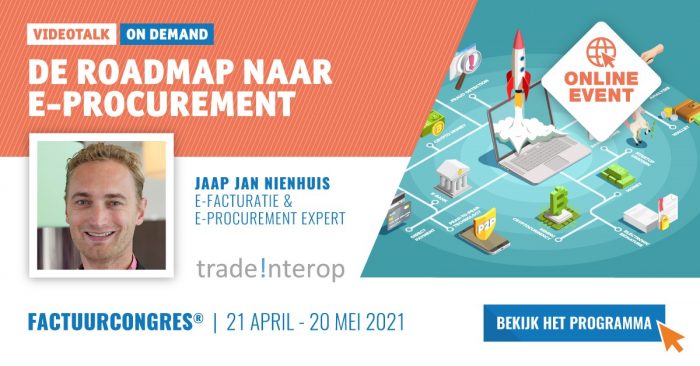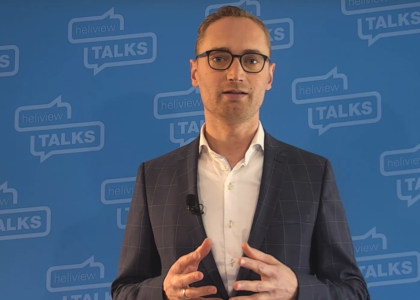E-invoicing is being used by more and more organisations, but how can we optimise processes even further? With e-procurement, read why.
E-invoicing has now developed into a common technology, which both large and small companies can work with. To get to this point, a number of important steps have been taken:
– The development of a safe and reliable network to exchange e-invoices (Peppol).
– The development of an open standard for the exchange of an e-invoice (currently SI-UBL 2.0 / NLCIUS).
– The national government and an increasing number of local governments are connected to Peppol
– Accounting packages and ERP software make it possible to send e-invoices via Peppol. This makes e-invoicing easy for entrepreneurs.
– There is more focus on supplier onboarding. As a result, more and more suppliers are actually sending e-invoices.
E-procurement
Great strides have been made, but there are certainly still opportunities to optimise the current way of exchanging invoices. For example, messages about the status of an invoice can be exchanged, invoice recipients can be automatically looked up in a register, and suppliers can be better supported in switching to e-invoicing. However, there is also a look further ahead. Now that there is a secure infrastructure (Peppol) that makes e-invoicing possible for any type of organisation, we are also looking at which processes can be automated even more.
The answer is e-procurement. E-procurement is the automation of several steps in the procurement process. The procurement process consists (highly simplified) of five steps:
– Selecting: choosing the goods or services to be ordered. This can be done in a web shop or catalogue, but in many situations it is also implicit as part of the quotation process.
– Ordering: The placement of the order with the supplier. This includes, for example, the exchange of orders, order confirmations, cancellations, modifications, etc.
– Delivery: the delivery of the goods and the accompanying declaration of performance. For example, by processing a packing slip or signed timesheet.
– Invoicing: invoicing the goods delivered, processing an invoice and entering the booking.
– Payment: the execution of the payment instruction with the bank.
Factuurcongres
This year tradeinterop is again sponsoring the Invoice conference, the Factuurcongres for invoice automation and digitalisation in finance. During our session, we will explain what is involved in taking steps towards e-procurement.
The topics covered are:
– What are the benefits of e-procurement for your organisation?
– Why is a supplier-oriented approach also needed in e-procurement?
– What types of service providers can help in setting up e-procurement?
– How do you involve your internal organisation in embracing e-procurement?
Update: The Invoice conference has taken place. In this blog article you can watch the video of Jaap Jan’s session.




